In a groundbreaking discovery, scientists in Mexico have unveiled a mammoth graveyard containing almost 70 fossilized mammoths. The remains were found during excavations for a new airport near the town of Santa Lucia in the central Mexican state of Mexico State.
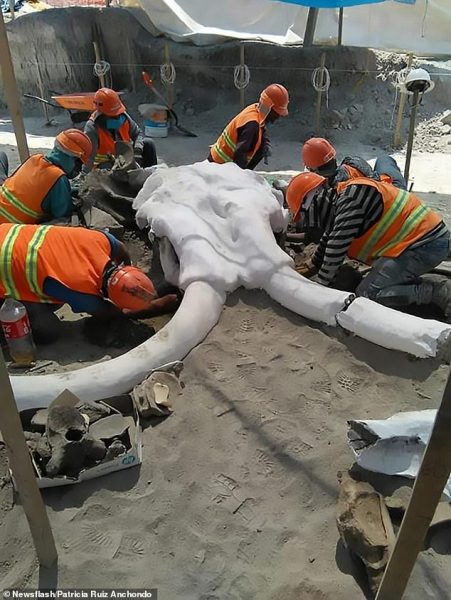
The site has provided a wealth of fossils, including skulls and tusks of the prehistoric giants, shedding light on human-mammoth interactions dating back 15,000 years.
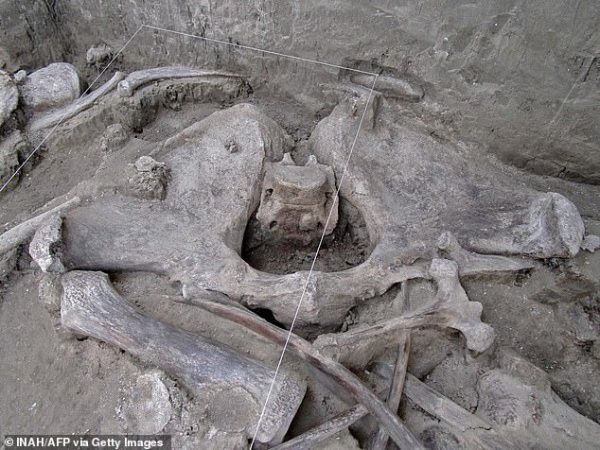
The mammoths, believed to be Columbian mammoths (Mammuthus columbi), are now-extinct relatives of modern elephants. The fossils, including tusks and skulls, offer a rare glimpse into the lives of these enormous creatures that roamed the Earth over 12,000 years ago.

Columbian mammoths were massive, standing up to 15 feet tall, weighing around 22,000 pounds, and boasting tusks that could grow up to 16 feet long.
Anthropologists conducting ongoing work at the site have uncovered evidence suggesting that Neolithic humans likely hunted the mammoths around 15,000 years ago. This aligns with the discovery of human-built pits in the vicinity, raising the possibility that the traps were used to corral mammoths for hunting.
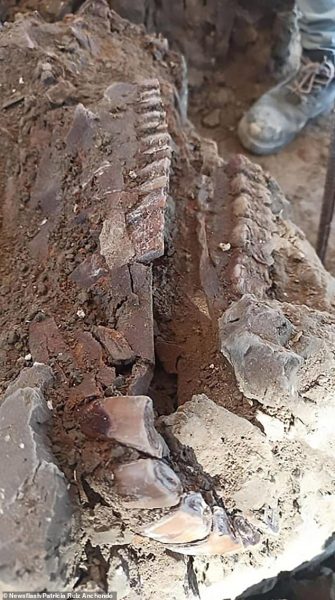
The archaeological site has not only yielded mammoth fossils but also other artifacts, including 15 human skulls believed to be from pre-Hispanic burials.
Additionally, various remains such as those of dogs, receptacles, and obsidian have been discovered, providing a comprehensive view of the Pleistocene fauna and human activities in the region.
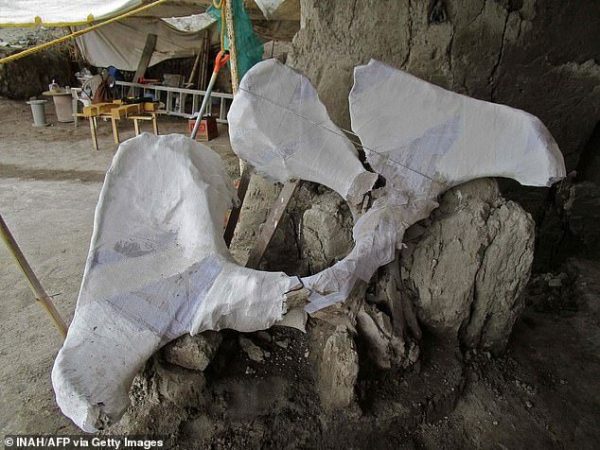
Pedro Francisco Sanchez Nava, the National Coordinator of Anthropology at the National Institute of Anthropology and History (INAH), expressed surprise at the richness of the fauna and the higher-than-expected number of mammoth remains.
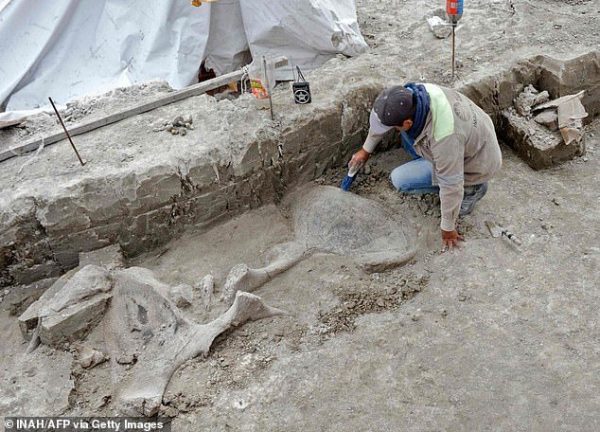
The findings offer valuable insights into the prehistoric environment and the interactions between humans and mammoths, contributing to our understanding of the Pleistocene epoch.





